Why are the farmers marching? Part 1- Water
Here is a simple question: If farmers produce food and food is a basic necessity, why are they not getting a fair price for their produce?

Therein lies a conundrum. Those who produce the most basic things needed for our lives: food, shelter and clothing are the ones that have the worst lives in our country. Sure, we can be ashamed, we can beat ourselves up, or we can, as CM Fadnavis did, form a six man committee to ‘study the problem’. Let’s first understand the extent of the challenges in the a few posts and then bring the possible solutions to these in the following posts. Bear with me when I take no pleasure to say ‘it is complicated’.
It is complicated
If you plan to get onto the farmers’ case saying they cannot be bailed out all the time, I would suggest you get off this blog and read about tax holidays, land and money that our government and financial institutions have poured into the hands of beacons of capitalism. Start from the techies and proceed towards the diamantaires. We will keep those rants and woes for another place and time.
A farmer needs water and seeds to begin with. Push the seed into the soil, water it and watch it grow. In six months, harvest it and sell it at the market. Go home and have a great holi. Life looks simple from the outside. But we have already dropped too many words. Water, Seeds, Soil, Market. That’s what a farmer needs to grow. We’ll just talk about water in this post.
Water – The demand
There is no water. We are running out of it. Each of us needs 100 litres of water a day. That is 125 billion litres of water a day for 1.2 billion people in India. To give you an idea of what that is, a litre is held in a cube of 10 cms to a side. A billion litres will need a tank that is about five kilometers high, five kilometers wide and five kilometers long. 125 billion litres is just one day’s water. That’s bheja fry for sure.
You protest and say, I barely drink a litre and bathe in another 10 litres, that makes it 11 litres. Did you forget to tinkle after you sprinkle? Each toilet flush releases 20 litres of water, go and calculate. Then add the water that your dishes take to get washed, your laundry, cooking, gardening, car wash.. I suppose you get the picture. Probably, even the 100 litre figure is quite conservative for us, the urban middle class. And remember: electricity needs water, every material we use on a daily basis needs water as a basic commodity in its manufacturing.
What’s worse is that we haven’t yet counted water required for farming and for industry. So, here goes : 1 Kg of rice can and usually does take 1200 litres of water to produce. Meat requires even higher amounts of water. It would be mind boggling to imagine the shape of a water tank that is needed to grow all the rice that the country needs.
Even worse. Our current ways of chemically dependent farming need far far more water than organic farming needs.
In a nutshell, we are more mouths to feed than before, we are eating more water intensive foods than before and we are growing them in ways that need more water than before. It is a perfect storm.
Water – the Supply
Have you heard of water farmers? No, silly, not the ones who grow food with the help of water. Water farmers are folks who decided that as water is the most precious input into farming, it makes sense to just sell their water off. Tankers come in, fill up water from their bore-wells and head to the cities to fill up the sump tanks of apartments and bungalows. Water is becoming more expensive than grains.
How has that come to pass? We can all hazard a guess. My guess is that many of us are willing to pay the price for more water. We are the most water consuming society that ever lived.. and we live in times of the greatest water scarcity ever.
So, when we need so much water, given that rains are erratic and they are bound to get even more erratic in the future, the only way to get more water is to draw it out from the earth. Dig a well, drain the water out. The well goes dry, dig deeper, keep going. The deeper you go, the older the water. Typically the water in the bore-wells of Hyderabad is 6000 years old. It took 6000 years for that water to accumulate. What happens when we dry them out? Guess!
So, what is happening now?
Urban lakes that served urban water needs have been reclaimed. Cities are drawing water from rivers and irrigation reservoirs.
As water table sinks lower and lower, farmers need more electricity to draw water from their wells because the wells have gotten deeper. The local ponds have dried up. All this while, we want more of rice and meat and other water heavy foods on our tables because we can afford it.
What’s the solution?
Yes there are solutions, they are hard. Water is just one challenge as I had written above: soil, seeds and market are the other challenges. If we take a good long view of these four together, solutions emerge. Many are already working on these solutions, we will explore these in the next few posts.
– Farhan
Read more:
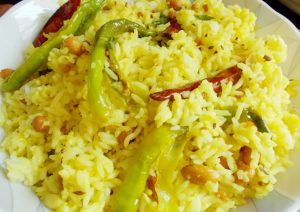




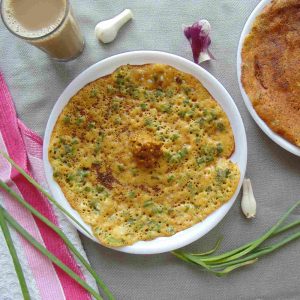
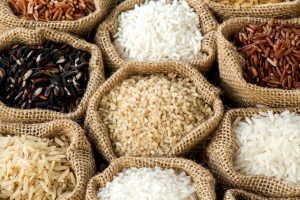
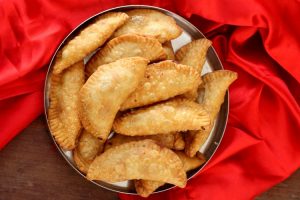 Gujiya is a gujarati sweet dish that is synonymous with Holi and Diwali. It is like a sweet samosa. It keeps well, and hence can be made a couple of days ahead of time. We present to you a healthier version of the dish, without stepping too far from tradition. Enjoy, and wish you a very happy and colourful holi.
Gujiya is a gujarati sweet dish that is synonymous with Holi and Diwali. It is like a sweet samosa. It keeps well, and hence can be made a couple of days ahead of time. We present to you a healthier version of the dish, without stepping too far from tradition. Enjoy, and wish you a very happy and colourful holi.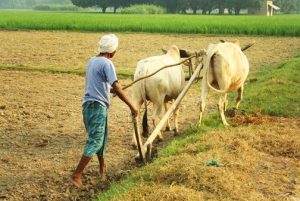
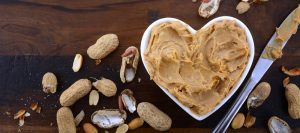
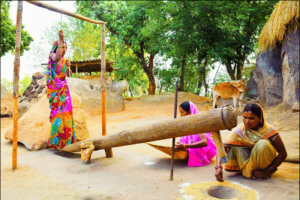 In a small tribal village Hansuli in Chattisgarh, few women farmers’ groups are trying to revive a 300 year old tradition of hand pounding rice. They are also able to generate additional income in the process.
In a small tribal village Hansuli in Chattisgarh, few women farmers’ groups are trying to revive a 300 year old tradition of hand pounding rice. They are also able to generate additional income in the process.